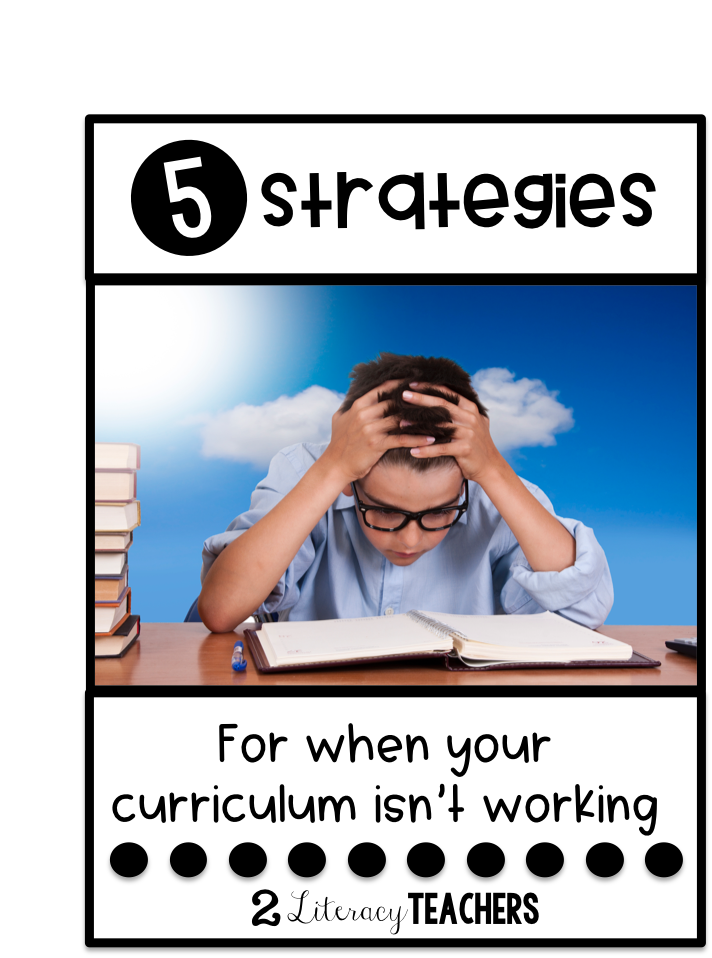
Have you ever been told to use a reading curriculum that isn’t working for your students? Most of us have been in this predicament throughout our career. You see, even the most stellar curriculum cannot and will not meet the needs of 100% of your students. If you are very lucky, a very good curriculum will meet the needs of 80% of your students, and more likely far less than that. Just watch your assessment scores and you will know within a few months if the curriculum is working or not. So, what do you do to make it work? We’ve got some tips for you.
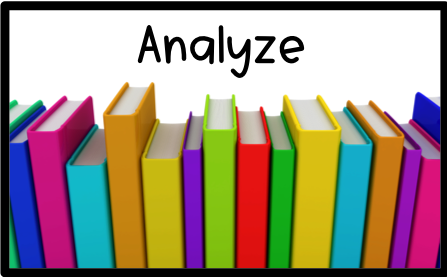
First of all, grab all of your reading assessments and analyze them very carefully and deeply. Most likely, something in the curriculum IS working for most of your students. That’s great! Keep doing it! Now, look at what is NOT working and for whom it is not working. What do your assessments show? Be exact. Is it your above grade level students that are not getting their needs met in more rigorous word work, specifically in how to break up the different kinds of syllables so they can decode large and unfamiliar words? Is it your below grade level students that are constantly being asked to read materials at their frustrational level? Both of those are very common difficulties with reading curriculum materials, but your assessments might show something different depending on your demographics. At our school for example, which has a very large ELL and low income student demographic, the three big curriculum difficulties are learning to explicitly decode very simple to very complex words, strategies for understanding exactly how to figure out the meaning of new vocabulary words, and a lack of enough reading materials at every student’s instructional and independent levels.
Now that you have an idea of what isn’t working, what can you do? Here are some ideas to try.

1. Adjust the timing.
Are the units zipping by so quickly that your students aren’t mastering the material? Or are they dragging on forever to the point of wasting time? Then speed up or slow down..or even repeat. Sometimes students need many repetitions of a difficult lesson or new concept before it actually sticks and becomes useable for them. Repeat with the whole class or repeat with those still needing it, in small groups.
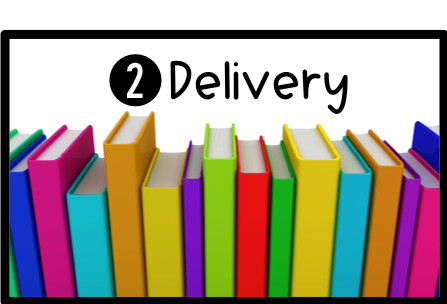
2. Break it down.
Often times, if students aren’t getting something, it is because it is either not being taught very explicitly in step-by-step fashion, or because it is not broken down for them in small enough chunks. For example, intermediate students who have difficulty decoding large words, either because they miss letters/sound combos or endings, or because they can’t seem to figure out where syllables break, is because they need to be explicitly taught the specific rules for these things. Even better if you teach it in multi-modalities as well (seeing, hearing, speaking and movement). Dyslexic students (and statistics tell us that 20% of your class has some form of it) often need this. So do most ELL students.
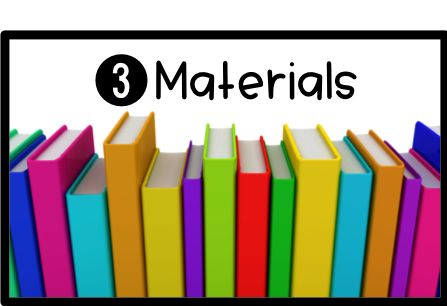
3. Provide appropriately leveled reading materials…and much more of them.
This is the number one reason that students do not make enough progress with a reading curriculum. Make sure there are enough reading materials at every student’s instructional and independent reading level. As we mentioned above, most reading curricula do not include any or enough reading materials for each and every student’s instructional and independent levels. Research is very clear and leaves no doubt…students become better readers by reading instructional level materials with coaching, and volumes and volumes of independent level materials. If your curriculum teaches in theme units, but the reading material is too hard, consider retyping the information at the student’s reading level. Another idea is to find alternate reading materials on the topic at your students’ reading levels. We are often told to scaffold the reading for students “so they can access it,” but this usually indicates that the material is just too hard for some students. In that case, the students will not make the progress that they need to.
**A disclaimer…we DO believe that students should be allowed and encouraged to read what interests them, even if it is too difficult at times. It will motivate them to read, may increase their vocabulary, and teach them to not give up. It’s just that this will not make them better, more efficient readers, so it should be in addition to enormous amounts of reading at instructional and independent leveled materials.
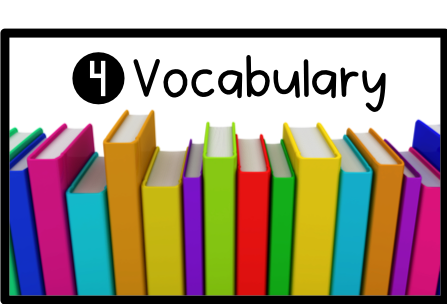
4. Teach vocabulary so it sticks.
Some curriculum materials don’t teach vocabulary at all, and many seem to teach it quickly and then move on. Research is clear on this as well…having a large vocabulary helps comprehension, school success, and even future opportunities in life. So teach it well, review it often, and play lots of games with it! They help the brain incorporate the new words quickly, and to be able to recall them on demand. Not sure how? Start with a search for Marzano, or Beck and McKeown vocabulary strategies. They are some of the best “gurus” for teaching vocabulary.
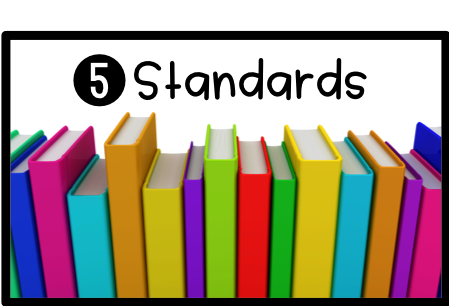
5. Make sure your standards are taught and taught well.
This goes without saying. However, it is very common for reading materials to be missing lessons for entire standards. Most are missing at least some standards and others teach them very weakly, even though the publishers will tell you that they do teach all of the standards. So whether you teach the CCSS, TEKS or some other standards, make sure that they are actually taught well in your materials. Tweak or supplement as needed! Go ahead…we give you permission! After all, your students will be held to them on their testing, and the standards have been designed to make sure all students are highly successful readers.
These are just a few ideas to think about and try when your reading curriculum isn’t working for all of your students. We hope we have encouraged you to make some changes and not keep on with the same thing if all of your students are not highly successful with your current curriculum. After all, we teach students…not the curriculum. We aren’t sure who originally said that, but we just love that saying, don’t you? After all, our students are counting on us to do whatever it takes to help them ALL be successful readers.
Happy Teaching!
Smiles,

